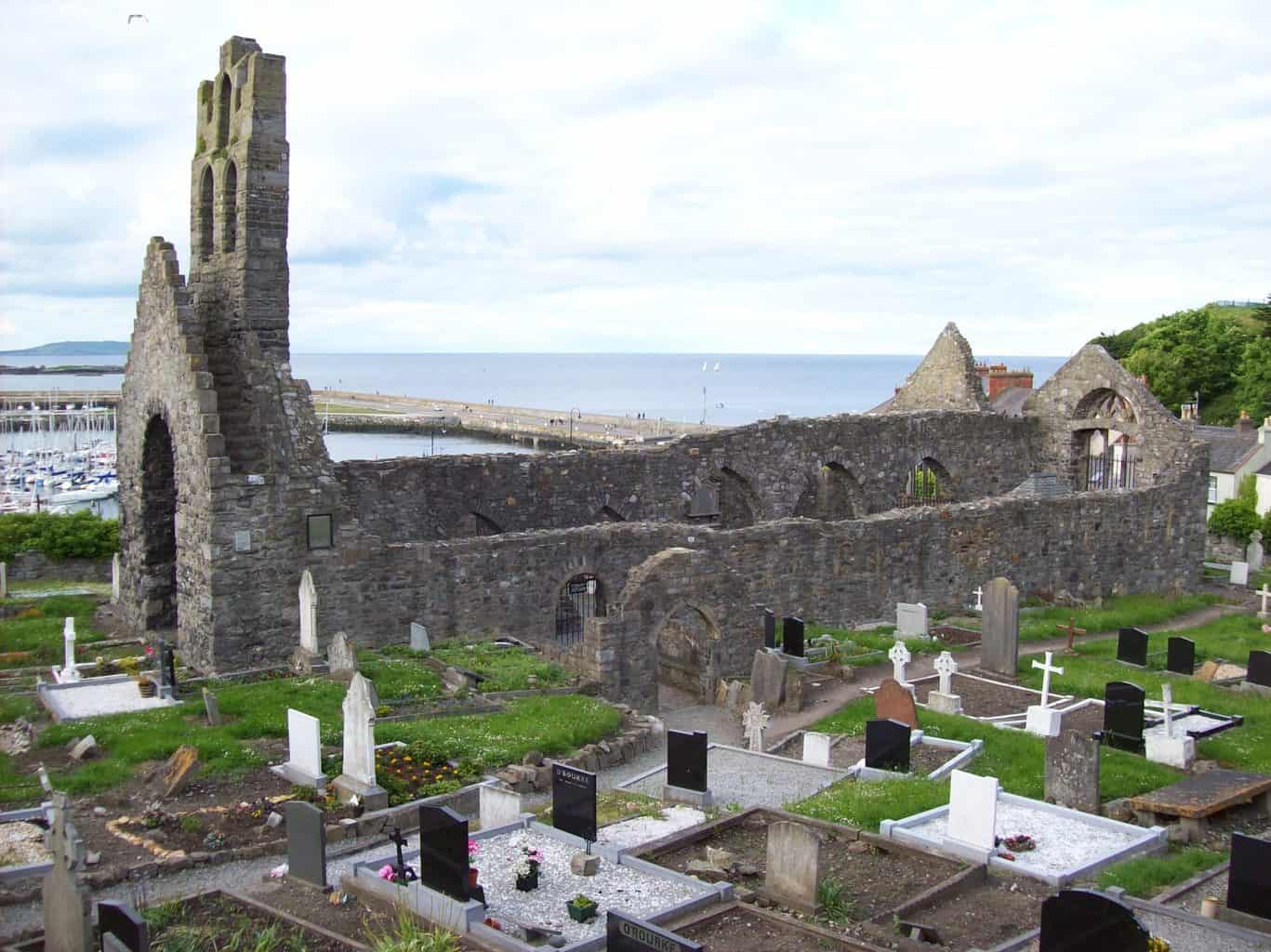https://sluggerotoole.com/2021/08/22/has-belief-really-vanished-in-ireland/?fbclid=IwAR1qdUfay_KJ2qaO0-kVAnRScSIG0kWVgWZebQ5oqPsTPP6AybODVl7JeS4

This week, Catholic Archbishop of Dublin Dermot Farrell made headlines with his assertion that ‘evidence of Christian belief in Ireland today “has for all intents and purposes vanished”.’
Farrell made the comments in an interview with Síolta (Seeds), the journal of the national seminary in Maynooth.
Farrell painted a bleak picture of declines in vocations, financial free-fall, and a younger generation increasingly lost to faith. His remarks were covered in major news outlets like the Irish Times and the Irish Independent, but readers had to persevere to the end of the articles for a surprise ending: Farrell claimed that he was ‘not pessimistic’ about the future of the Church, adding:
“This time of reduced numbers may well afford us an opportunity to be creative and to reimagine the institutional Church. We have not been abandoned by God. God is to be found in this situation.”
Those comments reminded me of the words of American Methodist theologian Stanley Hauerwas, who once asserted that the church in the West wasn’t dying, God was killing it. For Hauerwas, this was because the churches had become so caught up in exerting power that they had neglected their mission of love and service.
While Farrell is right that Christian practice in Ireland has declined rapidly, it is something of an exaggeration to claim that belief has ‘vanished’. Ireland still ranks among the most religious nations in Western Europe.
A 2018 Pew Research Center report ranked Ireland the third most religious country in Western Europe. And a study of European Social Survey data among 16 to 29 year olds found that Irish young people were among the top four of 22 countries for regular religious attendance. Rates of religious attendance and affiliation in Northern Ireland have dropped but remain higher than in the Republic, so when an all-island approach is taken religious decline is more nuanced.
This may be cold comfort for the Catholic Church, which is still struggling to recover from the stunning loss of trust caused by the abuse scandals. But the stubborn persistence of the faithful few may form the basis for Farrell’s cautious optimism. Faith in Ireland has not completely vanished, and to say that it has is probably something of a disservice to those who still care about it and may be called on to rekindle it. It also is possible that Farrell overlooks the untapped potential of women to help renew Christian ministries.
In addition, religious practice has been impacted by the pandemic, with many church services moving on-line during lockdown. Some clergy and churches have used online resources with energy and enthusiasm, reframing them as an opportunity for renewed mission and a chance to make inroads in a secularising society.
But some churchgoers still have not returned to in-person services, and it is not clear if they will do so.
Last month, an Iona Institute survey of pre-pandemic massgoers in the Republic found that 54 percent had not returned, up from 64 percent who had not returned in September 2020. Among the top reasons people had not returned were:
Why have you not returned to mass? July 2021
| Concerns about COVID-19 and public places | 62% |
| The restrictions on numbers and the need to wear masks etc are off-putting | 33% |
| I prefer to watch the mass on TV, online or on the radio nowadays | 19% |
| My faith isn’t as strong as before Covid-19 | 6% |
| I have health or other issues that prevent me from returning to Mass | 6% |
| Other | 12% |
Moreover, one in five of those who were attending mass regularly before COVID say they do not know if they will be back. This figure remains roughly unchanged from when the same question was asked in September 2020.
The Iona survey also confirmed that financial contributions are down. Among regular massgoers before COVID, 36 percent are contributing less, 46 percent the same, and 9 percent more, with 9 percent who don’t contribute to collections.
Trends of reduced attendance and financial contributions will certainly force churches to be ‘creative and to reimagine the institutional Church’, as Farrell says. I titled a report on my own research among Irish clergy during the pandemic ‘Something Other than a Building’ to capture an emerging shift in mindset away from the church as a building to a group of dedicated people serving others in the wider community. I think Farrell is getting at something similar.
It remains to be seen if the Irish churches – Catholic and Protestant – can adjust to changes in religious practice emerging from the pandemic, ministering to the faithful and reaching out to serve the community beyond. The stakes are high: vanishing or flourishing.
Image: church ruins in Howth, Co Dublin.

No comments:
Post a Comment